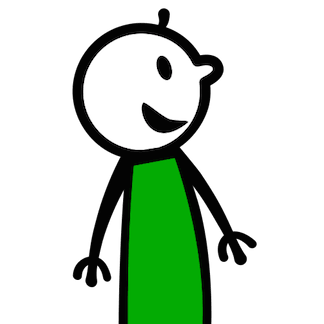Little ones are naturally curious and want to know everything about the world. If you’ve been asked why mountains are tall, why does the rain fall, or why it takes so long to get to some countries, you can find answers to these using geography!
We tend to think of geography as focusing solely on places on a map, but the subject is about much more. Geography teaches us about the Earth’s features such as oceans, islands, deserts and forests, as well as climates, the weather and human development. “Geography is about so much more than where places are and what they are called,” says Dr Paula Owens, consultant to the Geographical Association. “It helps explain how everything we do has a bearing on other people, places and environments - for good and bad. Dr Owens is also the lead consultant for Go Jetters, CBeebies’ geography based programme.

